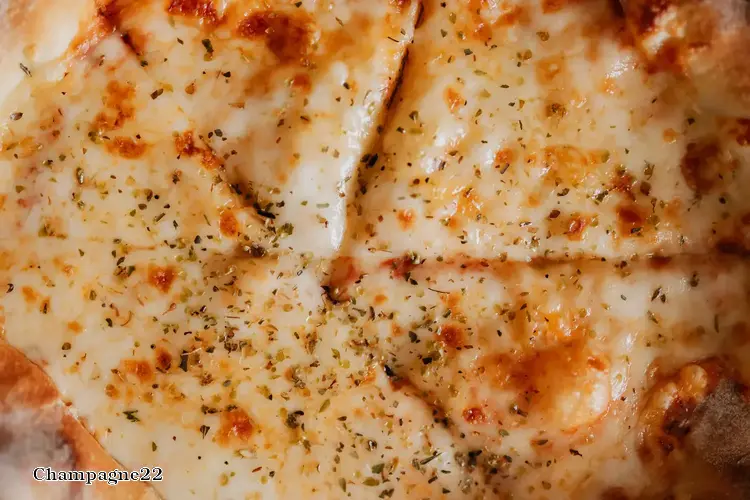

Champagne, a sparkling wine renowned for its elegance and prestige, holds a special place in the world of gastronomy. Its unique characteristics and meticulous production process make it a beverage worthy of celebration and indulgence.
Origins and History
Champagne originates from the Champagne region in northeastern France, where it has been produced for centuries. The region's unique climate, soil composition, and grape varieties contribute to the distinctive flavor and effervescence of Champagne.
Grape Varieties
Champagne is primarily made from three grape varieties: Chardonnay, Pinot Noir, and Pinot Meunier. Chardonnay adds elegance and finesse, while Pinot Noir provides structure and body. Pinot Meunier contributes fruitiness and a touch of sweetness.
Production Process
The production of Champagne is a complex and time-consuming process. Grapes are harvested by hand and pressed gently to extract the juice. The juice undergoes primary fermentation in stainless steel tanks, where it transforms into still wine.
The second fermentation, known as the "prise de mousse," occurs in the bottle. A mixture of sugar and yeast is added to the wine, which triggers a secondary fermentation. This process produces carbon dioxide, creating the characteristic bubbles of Champagne.
Aging
After the second fermentation, Champagne is aged on its lees (dead yeast cells) for a minimum of 15 months for non-vintage Champagnes and 36 months for vintage Champagnes. This aging process adds complexity, depth, and toasty notes to the wine.
Types of Champagne
There are various types of Champagne, each with its own unique characteristics:
Serving and Pairing
Champagne is best served chilled, between 45-50°F (7-10°C). It pairs well with a wide range of dishes, including seafood, poultry, and desserts.
Conclusion
Champagne is a luxurious and celebratory beverage that embodies the essence of elegance and sophistication. Its unique production process and exceptional flavors make it a wine that is both timeless and unforgettable. Whether enjoyed as an aperitif, a celebratory toast, or a perfect accompaniment to a special meal, Champagne remains a symbol of joy, indulgence, and the finer things in life.
DISCLAIMER: This information is provided for general informational purposes only, and publication does not constitute an endorsement. Kwick365 does not warrant the accuracy or completeness of any information, text, graphics, links, or other items contained within this content. Kwick365 does not guarantee you will achieve any specific results if you follow any advice herein. It may be advisable for you to consult with a professional such as a lawyer, accountant, or business advisor for advice specific to your situation.
today
Copyright © 2025 KwickEAT.com
Designed by KwickPOS is the best restaurant POS